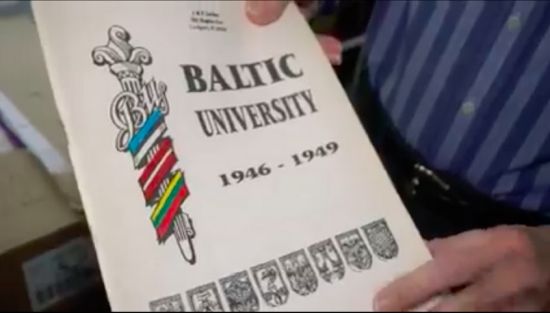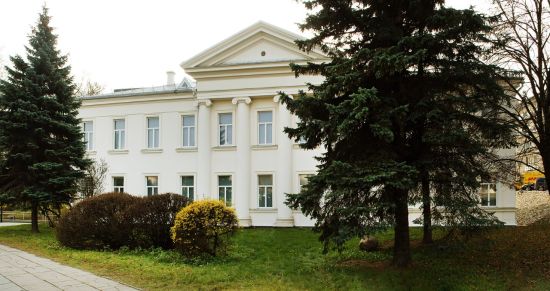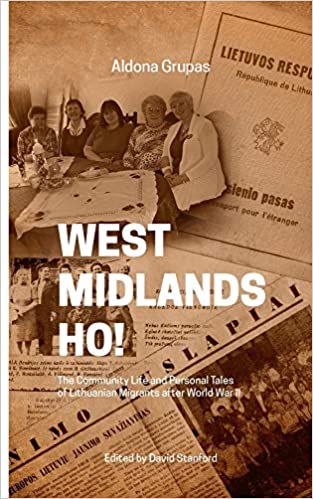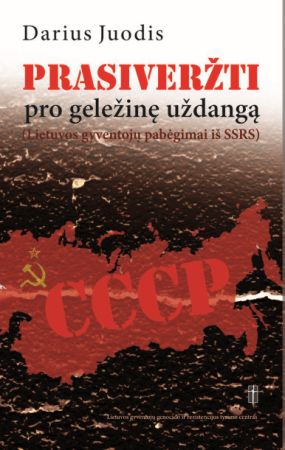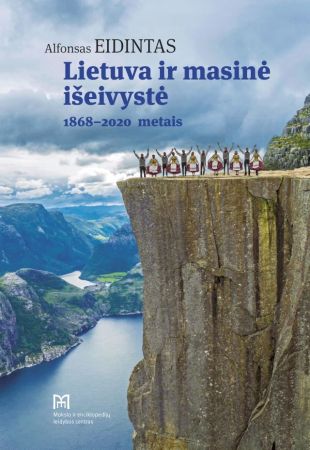
The new book discusses the mass waves of Lithuanian emigration in 1868-2020, their emergence and the public reaction to them. The author of the book, prof. Alfonsas Eidintas, raises a series of important questions: How do the emigration centers affect the current emigration; What is the impact of the emigration on the homeland; How does it affect the nation; Is emigration useful or damaging to nation’s and state’s development?
The book distinguishes two periods of Lithuanian mass emigration: from 1868 to 1915 and from 1990 to 2020. Prof. Eidintas does not doubt that both of them have been extremely significant for the life of the Lithuanian nation and the state.
The first wave of mass emigration significantly reduced the number of Lithuanians in Lithuania. Emigration to America was economically, politically and culturally the most significant in the life of the Lithuanian nation. First of all, Lithuanian colonies were established in America, which became a magnet for new emigrants. Mass exodus from Lithuania was not viewed ambiguously. Although it weakened Lithuanian nation, Lithuanians in the United States, mobilized by their own organizations, helped culturally and economically to achieve the nation’s aspirations. Prof. Eidintas notes that not only cultural and economic but also political support was received and constantly expected from Lithuanian colonies in the US.
Continue reading “The New Book about Lithuania’s Mass Emigration”